The COVID-19 pandemic hit hard on a variety of businesses and continues to evolve the way business is done today. Unemployment is still up and continues to ebb and flow as inflation reaches new highs. Many small businesses have shut down and many others continue to struggle to keep up with large and popular businesses in their area. Many businesses have come to rely primarily on the internet and social media to keep their businesses afloat. Amidst hundreds of thousands of business shutdowns, some have been able to thrive thanks to some great relief programs.
The Payment Protection Program (PPP) provided loans to nearly 11 million borrowers in the United States. Nearly $780 billion was forgiven, and the government took many efforts to ensure the best outcome for businesses left high and dry-unable to pay for their employees.
The ERC, or Employee Retention Credit, was introduced early on as part of the CARES Act (Coronavirus Aid, Relief, and Economic Security Act). This post hopes to inform our readers on its overview, what it includes, how to apply for it, and the most common roadblocks businesses of all sizes can face.
The ERC
The CARES Act was an early-stage attempt to combat the financial and economic issues caused by the COVID-19 pandemic. The Act was passed in 2020 and provided immediate financial relief to Americans handling a nationwide lockdown and panic.
One facet of the CARES ACT included the Employee Retention Credit which facilitated a payroll tax credit that was fully refundable. Certain wages that businesses paid to staff from March to December of 2020 were refunded as well. Another act, The American Rescue Plan Act extended the ERC until the end of 2021.
Maintenance of payroll and retention of employees was the main focus of this act. Employers in 2021-2021 must have proof of the effect of COVID-19 on their business. This could be constituted by significant declines in receipts compared to one pre-pandemic. Some facts about the ERC include:
Dollar Amounts
The 2020 credit must be equal to about 50% of wage totals, with a wage limit/employee of about $10,000 for all quarters of the year. The government adapted the program for the following year, and upped the credit to 70% with a $10,000 max. Per employee, the limit ended at around $28,000.
Employee Wages
Health insurance costs are qualified for the ERC as wages. The period that is qualified for this includes 1) However long the business was postponed/suspended under governmental order and 2) During 2020, the quarter when gross receipts were 50% less than those pre-pandemic (2019) and for 2021, when gross receipts were 20% less than those pre-pandemic (2019)
IRS Cash Payments
It is important to be clear about what type of tax credit the ERC falls under. The credit exists as a cash payment from the IRS, and is not considered by business income or under the category of income tax credit. It can assist with payroll tax credits as well.
First, businesses should apply for the ERC by filing the 941-X Amended Quarterly Payroll Tax Return with the IRS. Some requirements include that the form must be submitted in the three-year time period following an initial return filing. 2024 is the deadline for participating in the program.
Major Benefits of the ERC
Credits help assist with the financial burden that most individuals and businesses face. COVID-19 credits were implemented with the intent that they could keep more businesses open and profitable. Some major benefits are highlighted below:
1. The Majority of Businesses Are Eligible
Nearly every business felt some major stress during the COVID-19 pandemic. Many businesses were shut down in an attempt to combat the disease. Gross receipts would likely be stabilized by the Act.
2. Immediately Receive the ERC
A pending period does not exist-the credit can be claimed right away when they reduce the payroll taxes sent to the IRS
3. Refunds Exist
Refunds can be requested if credits exceed payroll taxes
4. Loan Recipient Allowances
PPP loans that employers have already been granted can claim the credit for qualified wages that might not have been classified under payroll costs when getting PPP loan forgiveness.
Thoroughly read through the eligibility requirements and apply for the credit once the process is fully understood. Reaching out to a professional is recommended.
Some Potential Challenges While Applying
To keep you in tune with the difficulty level of applying for the ERC, here is a summary of what could be involved.
When tax law changes, which could be at any time, there can be new ways to take tax credits or deductions. Some challenges for applying for the employee retention tax credit includes:
● Identifying and analyzing business eligibility requirements
● Establishing the wages that qualify and managing the percentages with high accuracy
● Apply correctly and on time
● When owning multiple businesses, complete the process early
● Fill tax forms out properly
Make sure to ask for help along the way if any of these issues come up. Experts are always eager to help and make sure that you get all the necessary funds you need to be a thriving and successful business.
ERC Benefits are your helping hand when it comes to anything credit! We are your best source for reliable, expert, and ideal tax consulting services with quick and efficient filing processes. Not only is our team ready to help right away, the team can help answer your questions and see if BOTH the credit and the PPP loan can be attained.


